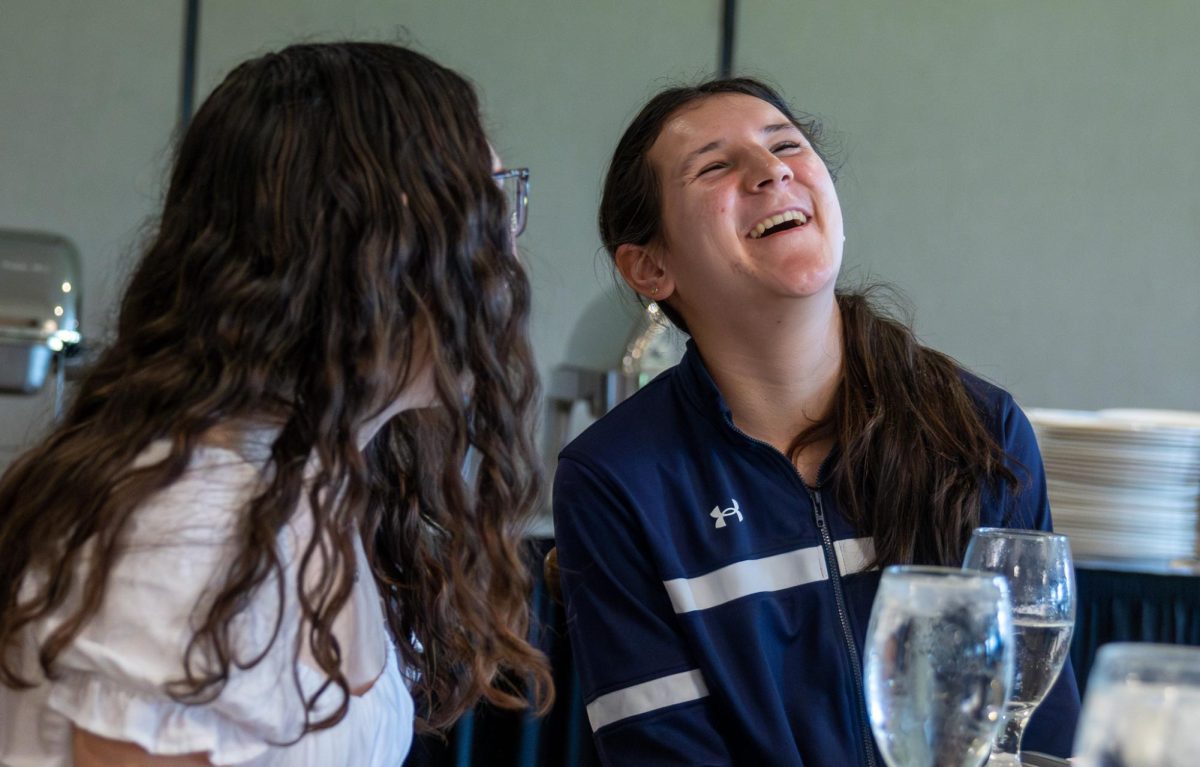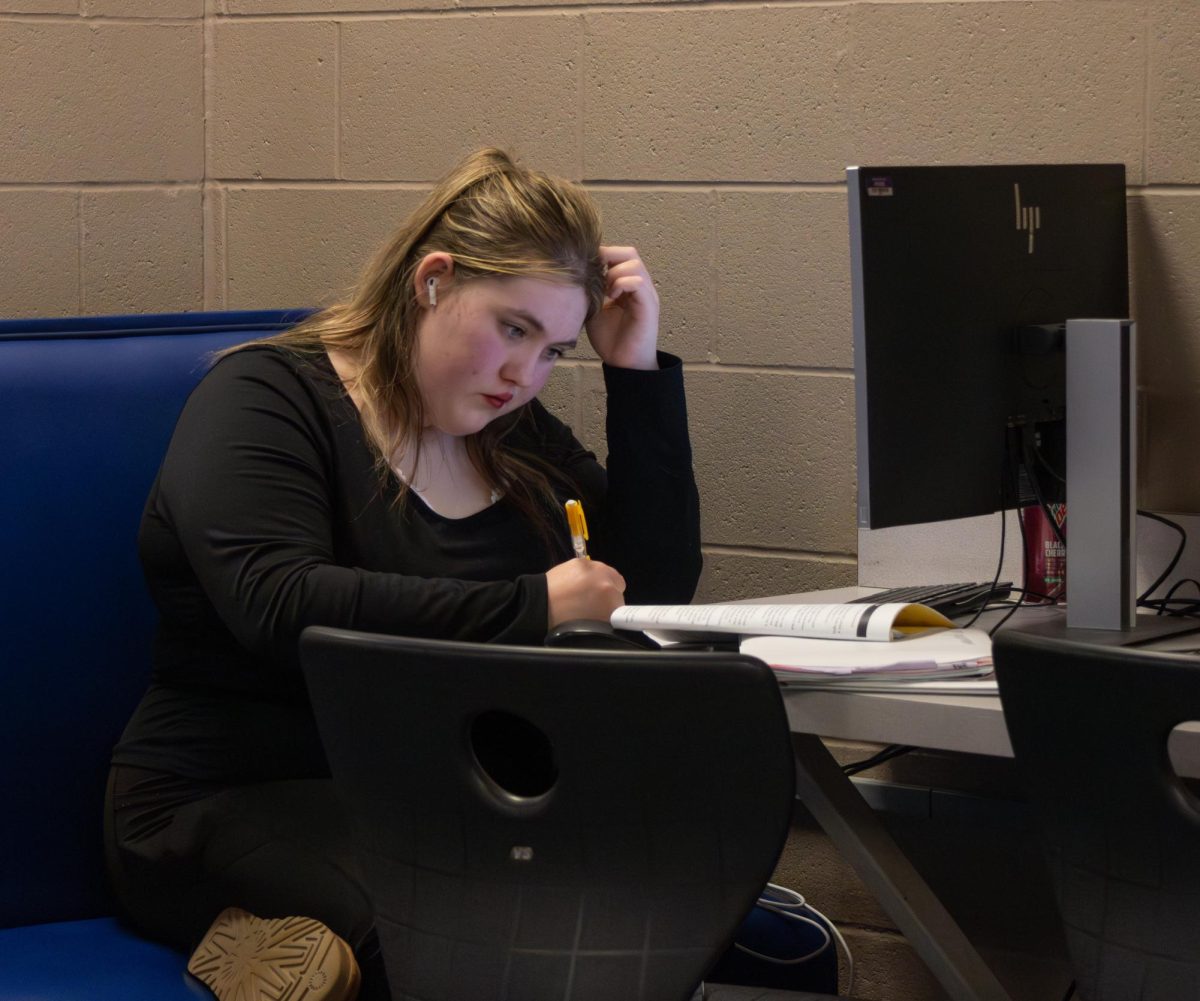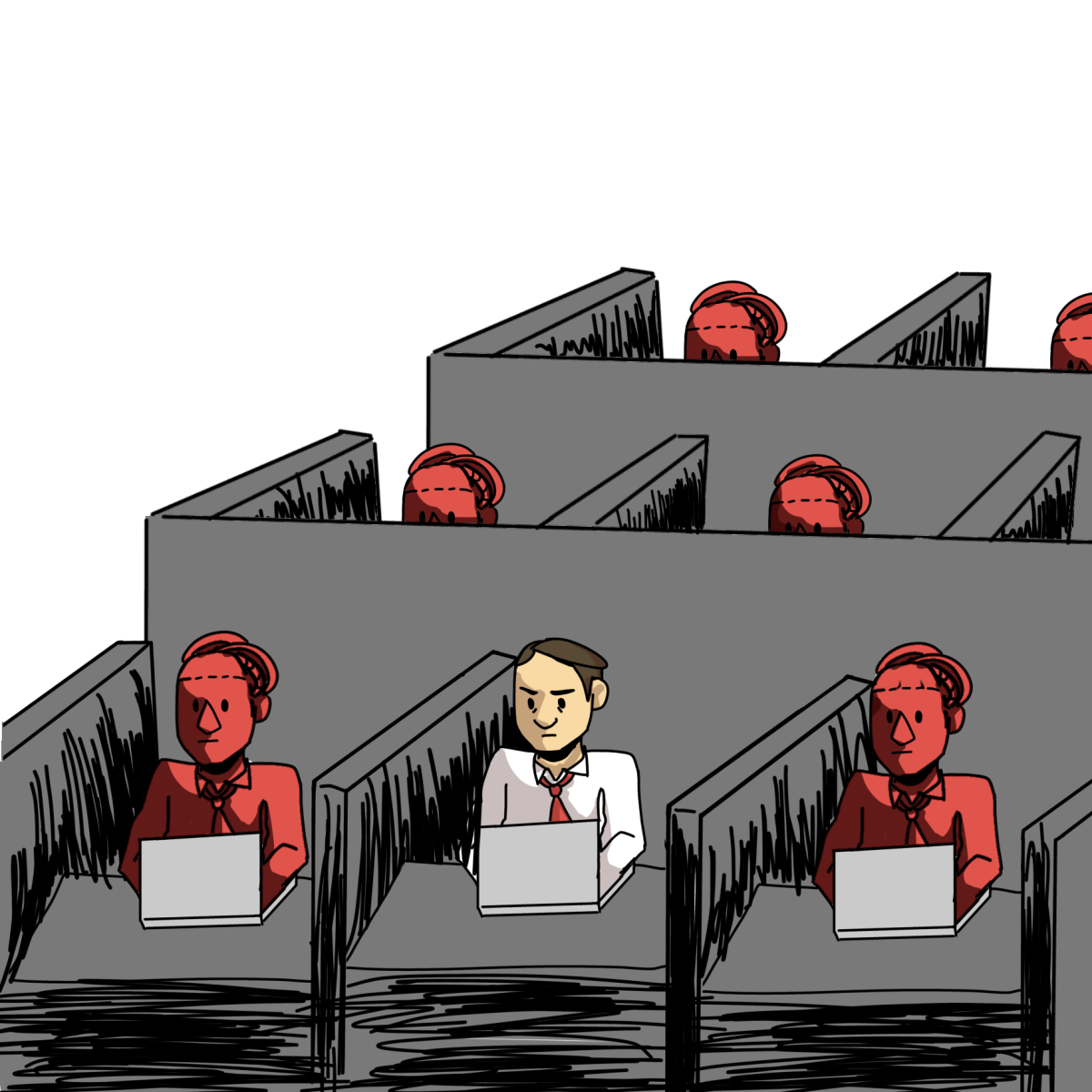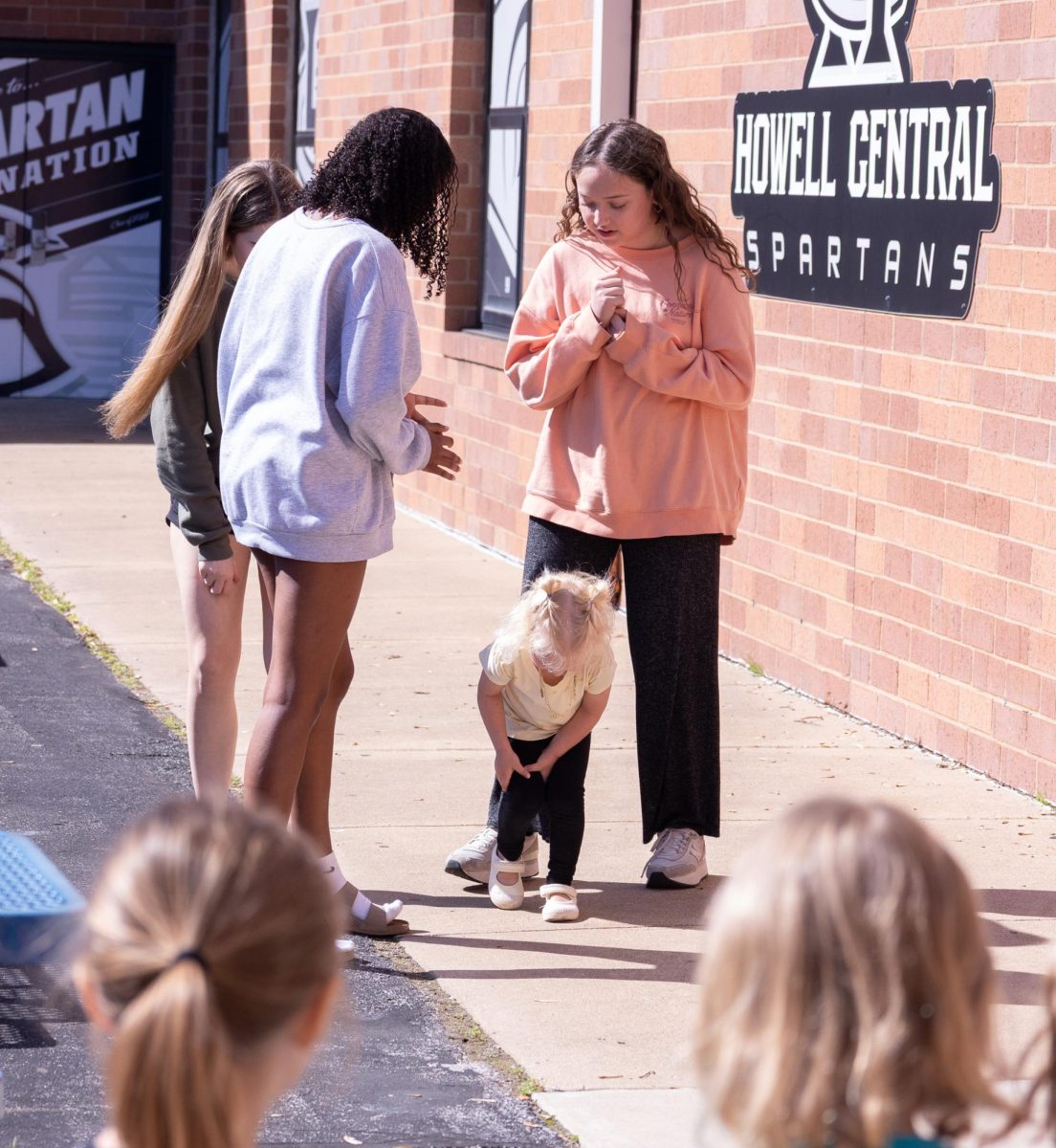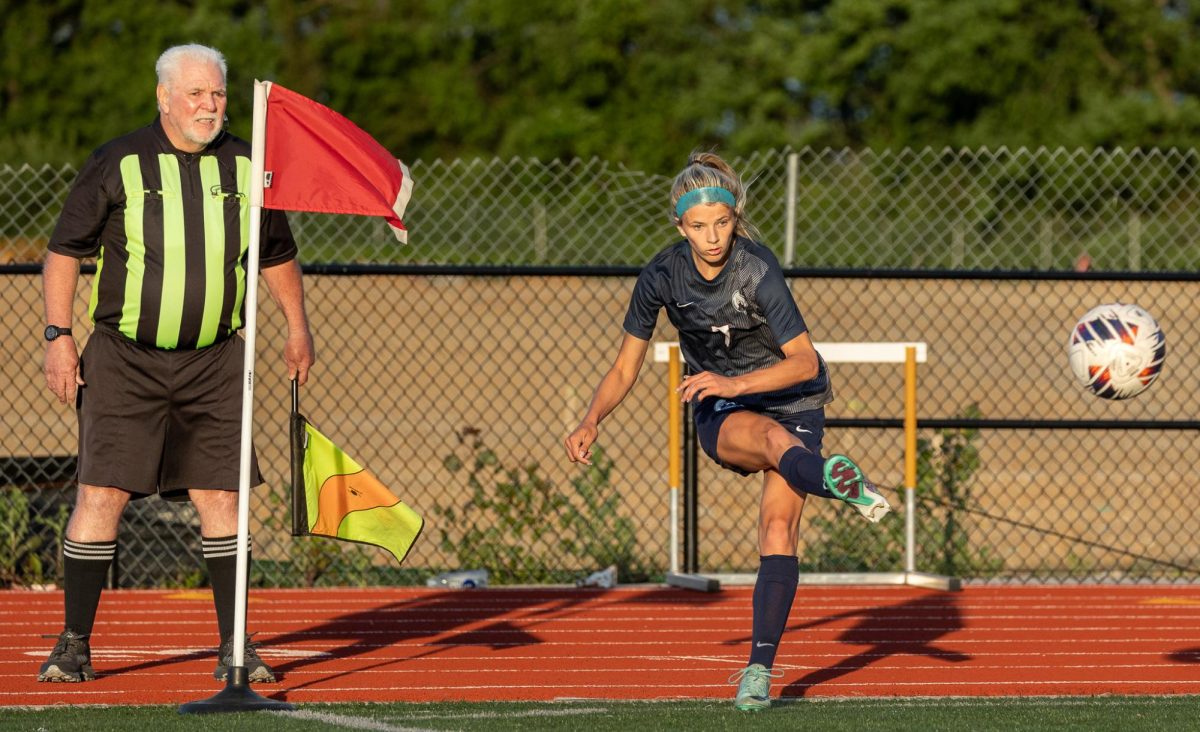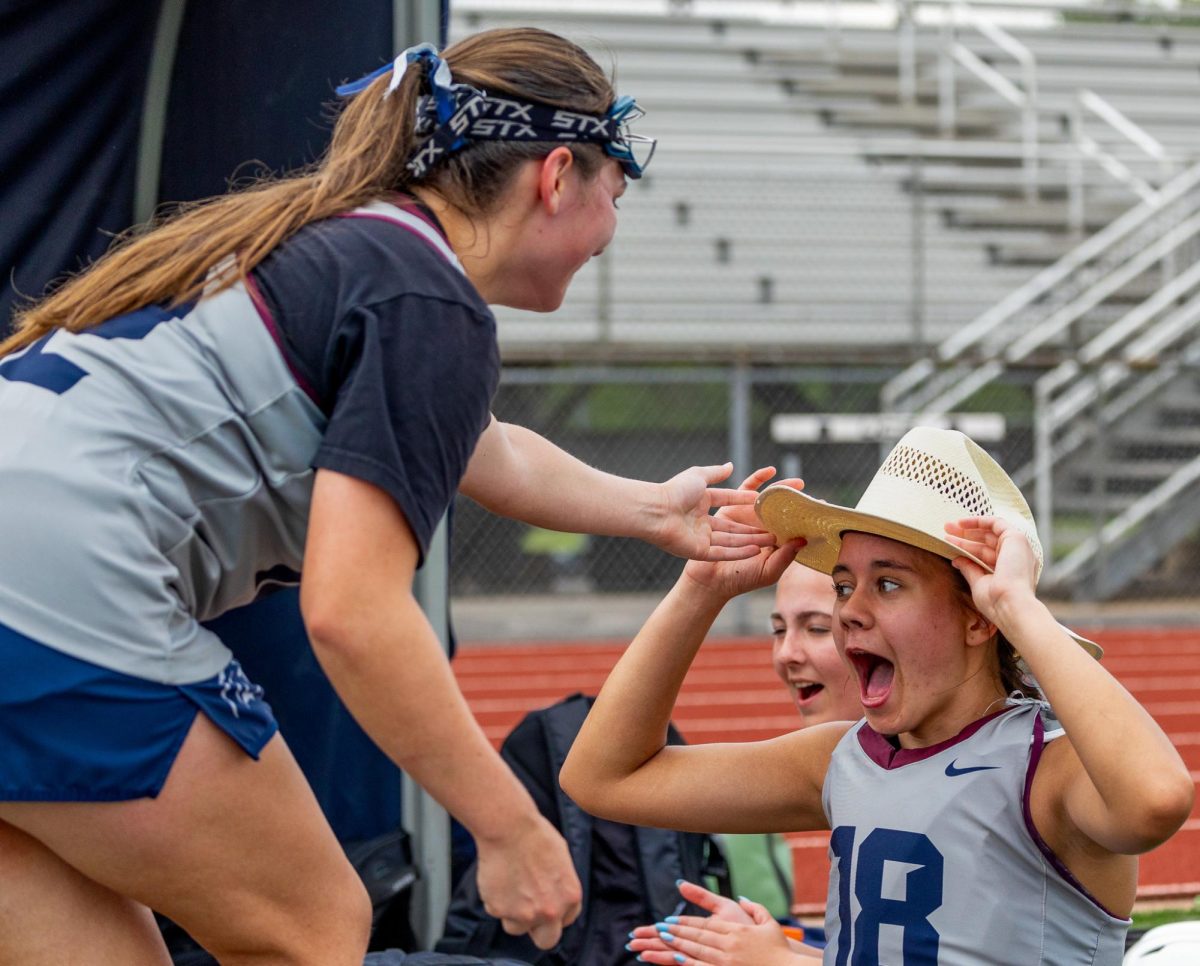
Alternate Methods of Disruption
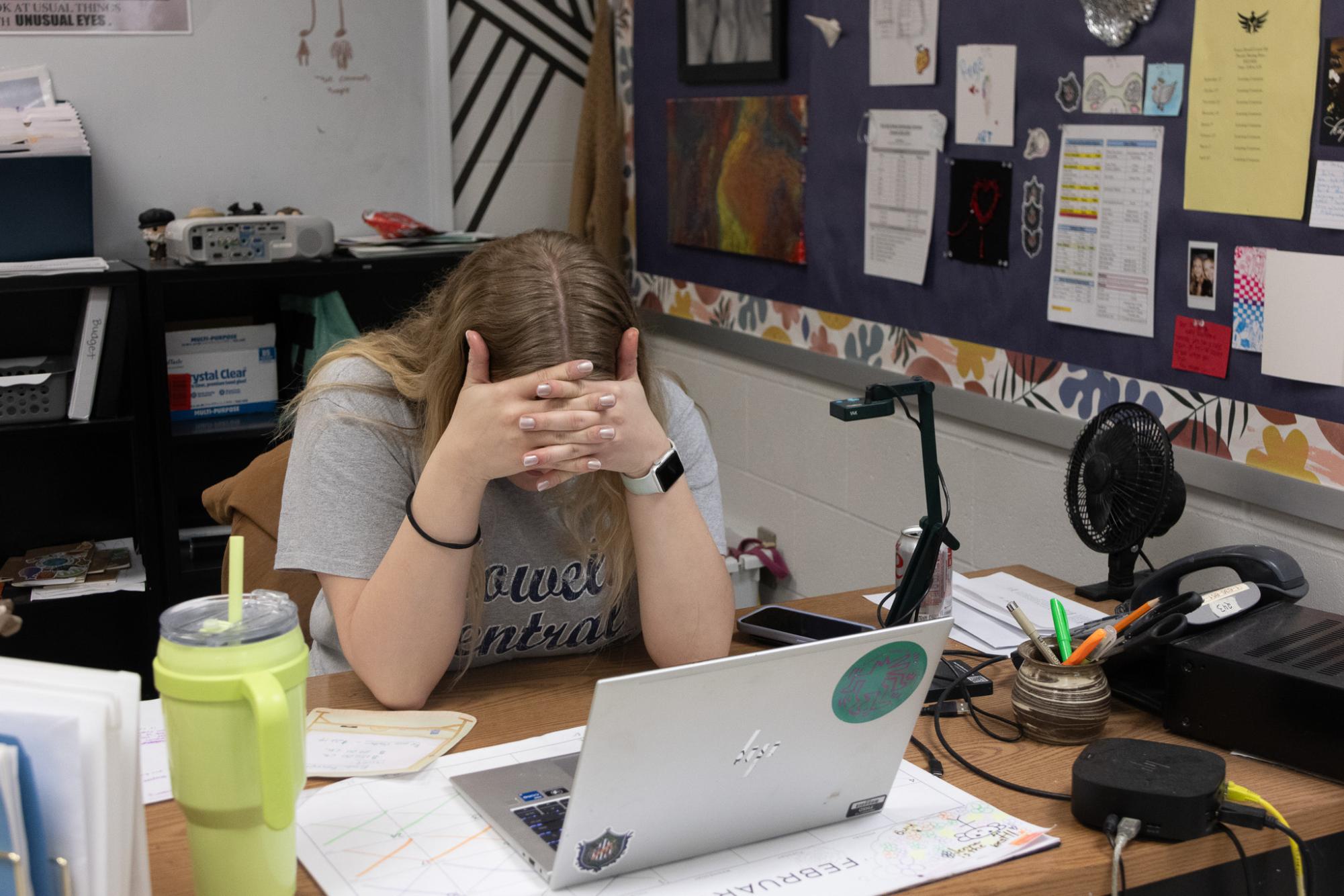
It was President’s Day when teachers planning their schedules for the next day suddenly hit a major roadblock. An unprecedented cyber attack had thrown their plans for Tues Feb 20 and Wed Feb 21 off the rails, forcing them to resort to backup plans they never thought they would use for something other than snow days: AMI days.
On both days teachers had to publish assignments that could be completed virtually by students. Although the attack was sudden, it was nothing English teacher Teresa Odle was not prepared for, who was able to breeze through the two virtual school days.
“As a teacher, it was easy. All you had to do was post stuff and answer kids’ questions when they emailed or texted you,” said Mrs. Odle. “I was a little nervous about the schedule because I also have to make sure we are ready for the EOC test date.”
While many teachers were ready and on-top of things, there were several who had to adapt to the situation. Art teacher Ashley Runge, who is currently in her first year of teaching at FHC, noted how she had to get creative with the class schedule for the AMI days.
“I know that a lot of kids might not have available art materials at home, so I just told them to use whatever they have at home and make something out of it,” Ms. Runge said. “If all they had was a pencil and paper, then I told them to draw me something.”
In addition to all of the technological troubles came another app rendered unusable during the course of AMI days, and even an ongoing issue, Infinite Campus. Teachers like Science teacher Paul Young found it difficult to manage the classroom without the app to help him maintain control over grades and assignments alike.
“We didn’t have access to Infinite Campus in order to update grades, and the expectation of being at home and working was definitely tough,” Mr. Young said.
As for personal feelings of teachers who might have preferred the classroom structure the two days students learned within the confines of their home, next to all of them commented how although they were prepared to combat the issue, the situation would have changed drastically if the period of AMI days were extended.
“I don’t prefer AMI learning over in-class learning at all,” Mrs. Odle said. “From a teacher standpoint, we do a lot of assessment in terms of reading a student’s body language and facial expressions to determine areas of confusion, though on those AMI days we didn’t have that physical interaction.”
On the evening of Feb. 19, as students began to prepare for the upcoming school week, parents and students received the email that there wouldn’t be school for the following two days, because of Wi-Fi issues. In place of that, students were required to take part in Alternative Methods of Instruction (AMI).
Principal Suzanne Leake sent a link to the students’ Canvas inbox that took them to a massive google Doc that had every teacher’s AMI learning plans on there. It was structured so that students could click on the link which would bring them to their assignments for each class. Teachers gave out Google forms, notes, videos or maybe just a simple note that implies that the students should know what is expected of them during these couple of days. The due dates for these assignments were often moved back towards the end of the week so in reality there were less than 100 kids on the hyperdoc.
These AMI learning days brought a vivid flashback of how it was like during COVID-19 remote learning. Students were able to sleep in and work on their assignments at their own pace, but obviously, there is a major difference as we are not quarantined anymore. Senior Emily Rehr used her time during the AMI days to relax, get her homework done and spend time doing the things she enjoys.
“I woke up at a comfortable time and I got myself ready, then I worked on my physics,” Rehr said. “I played some video games, and I went on a walk with my dog. [It was] very good and relaxing”.
AMI learning allows for students to use their time more productively because they are not constantly waiting for a bell to ring or for a teacher to begin class. All of their time is being used effectively for their work. As much as AMI learning seems better on paper, it can also serve some challenges. Junior Aadit Mehta prefers going to school in person rather than having AMI days even despite the extra time on his hands.
“I played tennis with my friends. [Both] days I went to the gym and went outside,” Mehta explained. “I was virtual my eighth grade year and you really miss that social context sometimes. I think school is nice, like hanging out with friends and stuff”.
Not only did the AMI days conflict with the social aspect, but they had also decreased the students’ ability to learn. Many students learn best with a hands-on learning teaching style. Freshman Lillian Richter shared how the AMI day went for her.
“I mean, for learning, we didn’t really learn anything new. It was just kind of reviewing and working on stuff we’ve been learning. So I think it was pretty effective for practicing”.
AMI learning days can be a wonderful way to still continue learning at a smaller pace, while also giving students a break from the school setting but should only be used as a last resort because in-person teaching is more effective.
Your donation will support the student journalists of Francis Howell Central High School. Your contribution will allow us to purchase equipment and cover our annual website hosting costs. FHCToday.com and our subsequent publications are dedicated to the students by the students. We hope you consider donating to allow us to continue our mission of a connected and well-informed student body.





